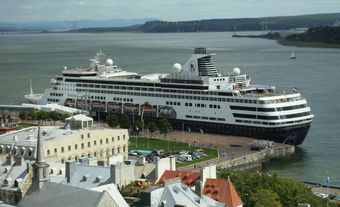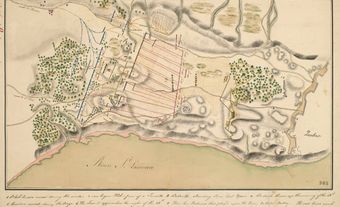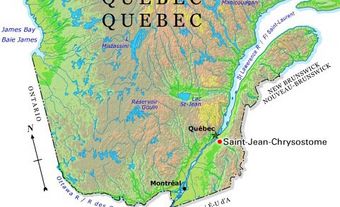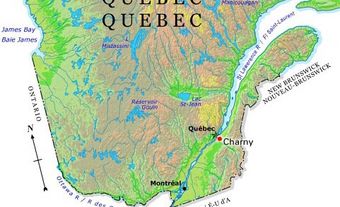Lévis, Quebec, city incorporated in 2002, population 143,414 (2016 census), 138,769 (2011 census). Lévis covers an area of 444 km2. The city is located on the rocky cliffs opposite Quebec City, to which it is linked by ferry. Present-day Lévis is the result of multiple mergers. In 1989, it merged with the industrial city of Lauzon (inc 1957). The following year, Lévis combined with the town of Saint-David-de-l'Auberivière. In 2002, Lévis took in the cities of Charny, Saint-Jean-Chrysostome, Saint-Nicolas, Saint-Rédempteur and Saint-Romuald. The parishes of Saint-Joseph-de-la-Pointe-de-Lévy and Sainte-Hélène-de-Breakeyville were also included in the fusion. The municipalities of Pintendre, Saint-Étienne-de-Lauzon, Desjardins and Chutes-de-la-Chaudière were also merged in.
Development
Lévis is characterized by steep streets lined with picturesque old homes. Formerly called Aubigny, it was renamed in 1861 to honour François-Gaston de Lévis, victor in the 1760 Battle of Sainte-Foy. (See Seven Years’ War; The Conquest of New France.) In the 19th century, it was a major station on the Grand Trunk Railway line. The station served Quebec City, which had no line until 1879.

Economy
Lévis' economy is based on its commercial and service sectors. However, its industrial sector is also significant. Companies in the area manufacture goods including food, beverages, and plastic and metal products. The shipbuilding company Davie operates in Lauzon. The company was founded in 1828 and is the oldest and largest shipbuilding company in Canada. Davie notably builds ships for the Royal Canadian Navy. Its deepwater port can handle 150,000 ton vessels but is used mainly as a waiting area for cruise ships.

 Share on Facebook
Share on Facebook Share on X
Share on X Share by Email
Share by Email Share on Google Classroom
Share on Google Classroom







